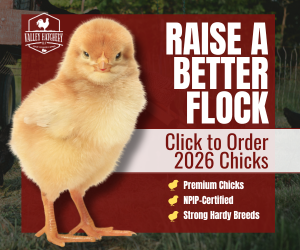Ok, I have to ask. What feather test is available to determine sex of Ameraucanas at 2 to 3 days of age? As a breeder of Ameraucana, I would sure like to know and so would many others. It's hard to tell from the picture, but I would have guessed one to be a male because of the leg thickness. I can't see the other to compare.Here are pics of my other growing chicks, all 2 1/2 weeks:

From the left: Blue/Black Splash Orpington, Lavender Orpington, Buff Americanas (2)

Here is a better picture of their feather development from the side. All of these were confirmed female by the feather test at 2 and 3 days, and have continued to develop as pullets should.

Again, akward teenager stage of feather development on my buffs in full view here. My lavender is so photogenic!
Last edited:


 Thanks, all.
Thanks, all.
